Project Details...
THE HEYGATE ------------------- The Heygate Estate in the Elephant and Castle in South London was completed in 1973, and was an example of modernist 'utopian' architecture. It joined the nearby Aylesbury estate as one of the largest housing blocks in the city. The Heygate was built during a time when many planners and architects strongly believed that their building designs could improve people's lives. Many city council architects were followers of the ideology of architectural and environmental determinism: a belief that if the environment was changed in ways prescribed by utopian design, human behaviour would improve and happiness increase. The fact that the estate was less than 40 years old when it was tabled for demolition, suggests that the ideology and the design were flawed in some way. Nevertheless, not all elements of the estate's architecture were accused of fostering poor quality of living. Many can still be regarded as good design practice. From my experience, when I walked through the estate I often had contradictory feelings From my experience, when I walked through the estate I often had contradictory feelings. The high-rise buildings that marked out the edges of the site, felt oppressive, impersonal and intimidating. While the smaller maisonettes in the central areas, surrounded by mature trees, more personal space, balconies, and communal grass areas, generally felt more secure and safe place to live. In the images that follow, I have photographed areas of the estate, which I feel exhibit these contradictions. I have included a variety of quotes alongside some of the images. I do not necessarily agree with all of them, but I have used them to highlight the sterile way in which housing is often planned, discussed and reviewed. I started photographing the Heygate in 2007 and continued working there intermittently until 2011. The estate has now been emptied and demolition is finally underway. The regeneration of the Heygate and the surrounding area has been controversial and problematic. Like many similar schemes in London, opponents argue that many of the original residents will not be re-homed locally, and that the area will become unaffordable to those who once lived there.
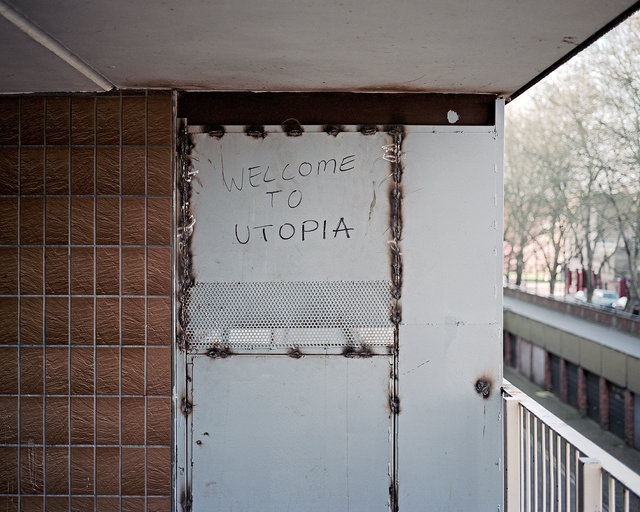
Utopia I revisited the Heygate Estate in early 2011. There were only a handful of residents left living there. The estate had deteriorated badly and most of the walkways had been blocked off to prevent squatters moving in.
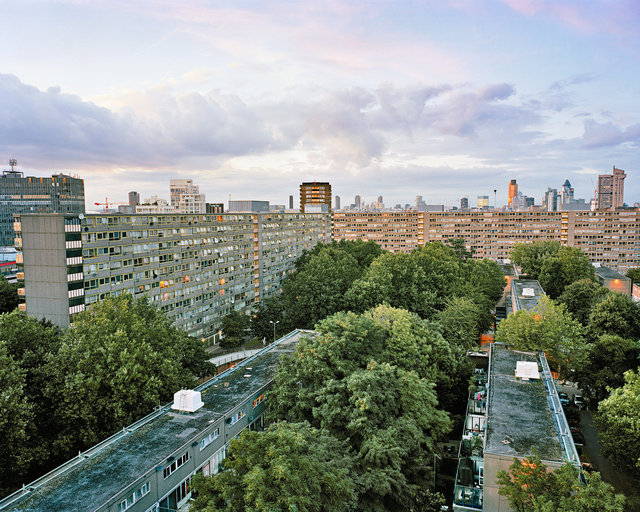
The Heygate Estate, looking North "We really believed, in a quasi-religious sense, in the perfectibility of human nature, in the role of architecture as a weapon of social reform…the coming utopia when everyone would live in cheap prefabricated flat-roofed multiple dwellings – heaven on earth." Philip Johnson, architect.
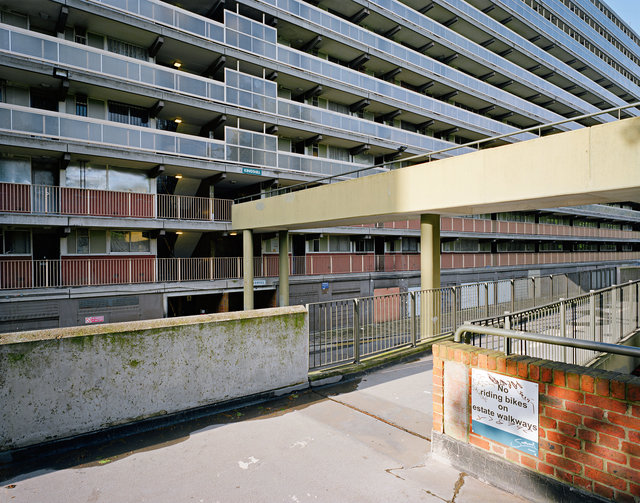
Streets in the Sky “A family's claim to a territory diminishes proportionally as the number of families who share that claim increases. The larger the number of people who share a territory, the less each individual feels rights to it and the more difficult it is for people to identify it as theirs or to feel they have a right to control or determine the activity taking place within it.” Oscar Newman, 'Creating Defensible Space'
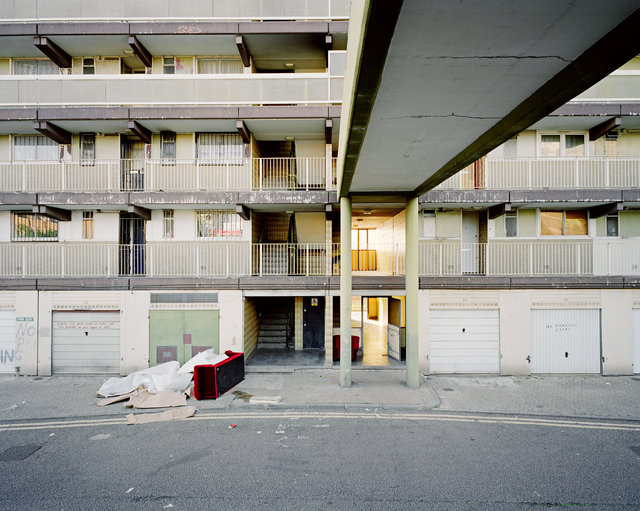
“Anonymity is the impersonal character of areas where a community structure has failed to develop and people know few other residents even by sight. This makes criminals feel secure in the knowledge that they will not be identified, and are hence free to prowl through the buildings and grounds looking for illicit opportunities. The householder is robbed of the power to question and deter intruders, as they are in no way suspicious or distinguishable from genuine residents. And the community cannot co-operate to challenge even obvious wrong-doing because they have no experience of everyday interaction and do not know whether they can rely on other residents to be on the side of the law.” Alice Coleman, 'Utopia on Trial', 1990.

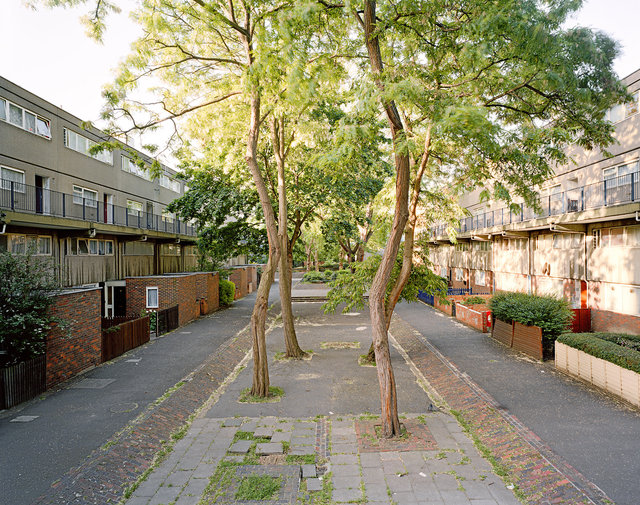
“A single household with its own garden is in no doubt of its right to control its garden space, and because this right is recognised by the community at large, it has the confidence to challenge people who intrude upon it. In this non-anonymous atmosphere intrusions are likely to be few.” Alice Coleman, 'Utopia on Trial', 1990.
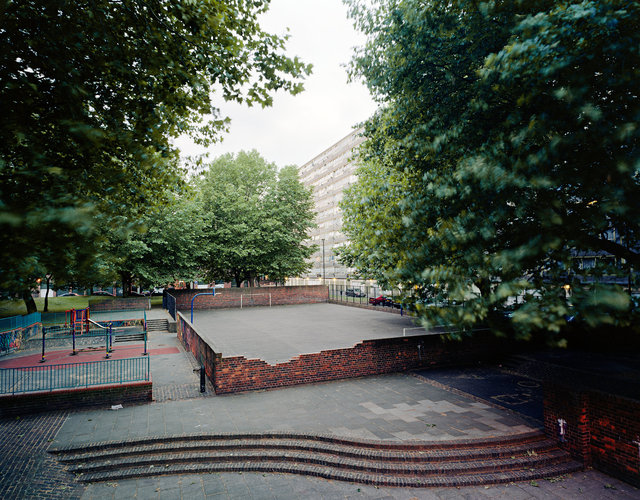
“Generous provision of tree planting is regarded as essential. In view of the need for immediate effect and rapid establishment, semi mature trees, of small and medium sizes are proposed. Creating this feeling of immediate maturity is important on high density housing schemes, especially in reducing the incidence of damage or vandalism.” Heygate Development Plan, 1969. Section 4.4.1
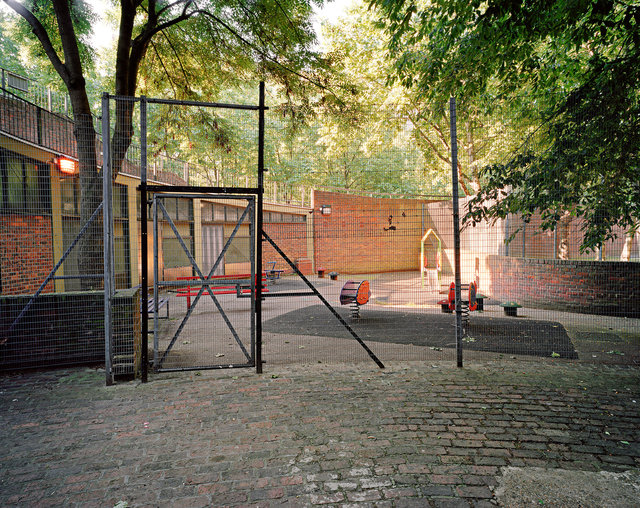
“In houses with gardens children can spend their formative pre-school years under close parental supervision....In blocks of flats these child-rearing advantages are not available. A mother has a different range of options – all unpalatable. She can keep her children safely indoors, which deprives them of energetic exercise to let off steam. She can let them play on the balcony, with the risk of a serious fall. She can let them loose in the corridor, where their noise may drive the neighbours mad. Or she can allow them out into the grounds, where she cannot always be supervising them, and where they pick up bad habits from other unsupervised children." Alice Coleman, 'Utopia on Trial', 1990.

“The kids seem to love it on the Heygate. The intestine of walkways weaving through the estate provide excellent bicycle and roller-skating race tracks, although it is strictly against the rules and hazardous to those pedestrians who are still under the illusion that you are safe on a walkway 20 feet above a main road. And some of these children seem to prefer playing urban guerrilla warfare with water pistols among the labyrinth of paths, walls and blocks of flats than romping around in a park.” Richard Woolveridge, South London Press, October 25th 1973.
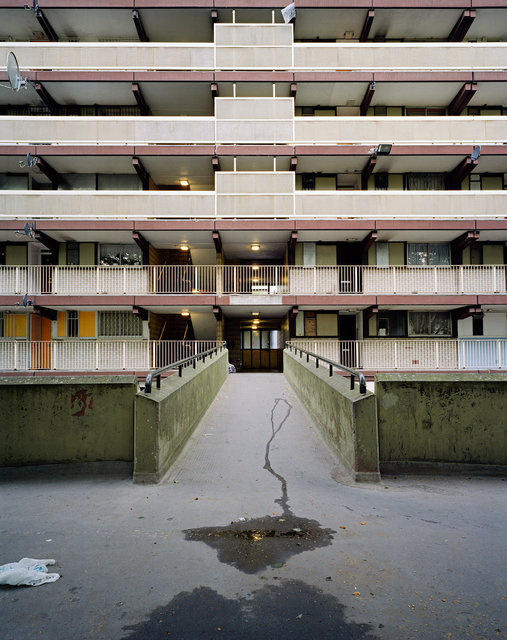
“I find the Heygate very difficult to describe. You may say there's not a lot of beauty with present-day building but nevertheless one can't judge from the outside what it is like inside, and inside the homes are excellent." Cllr. Mrs. Kitty Clunn, Vice-Chairman of Southwark's Housing Committee. South London Press October 25th 1973.
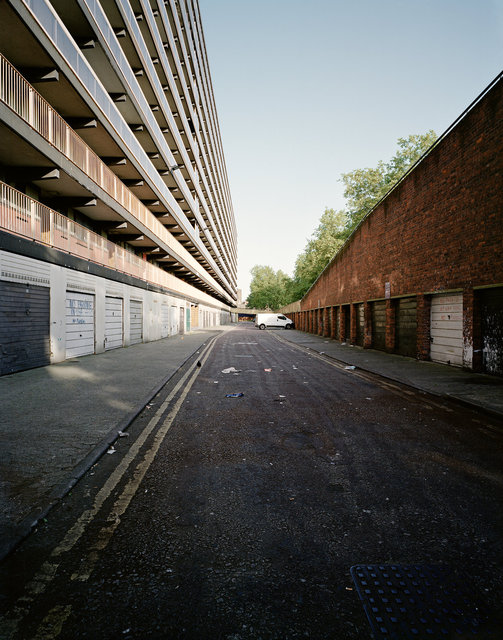
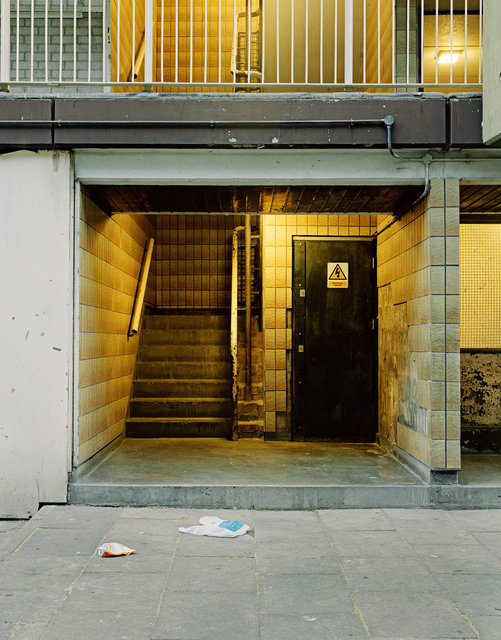
Access all Areas
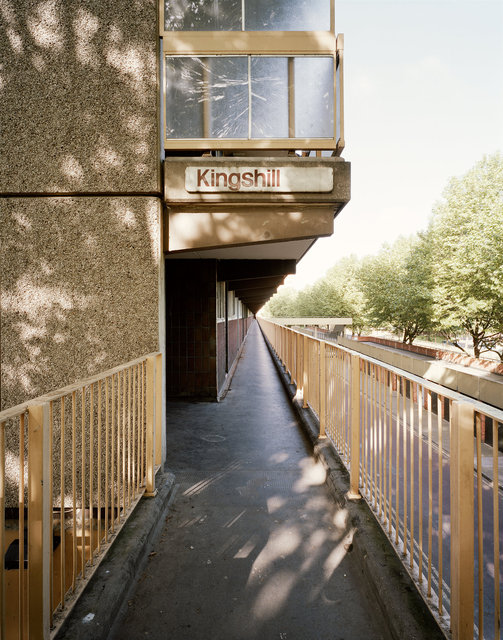
Streets in the Sky (II)
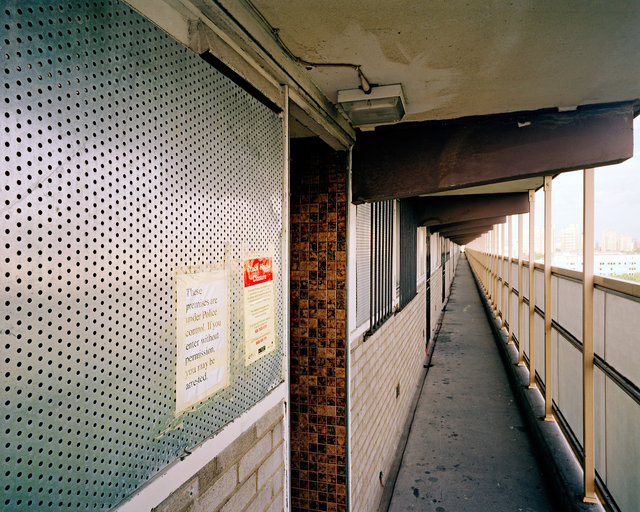
Crack house
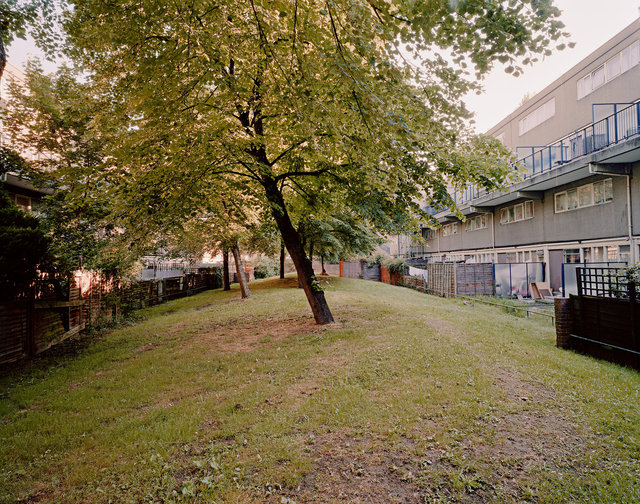
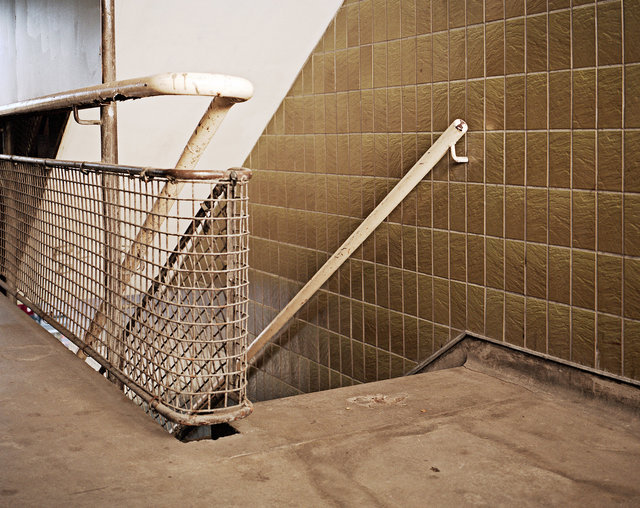
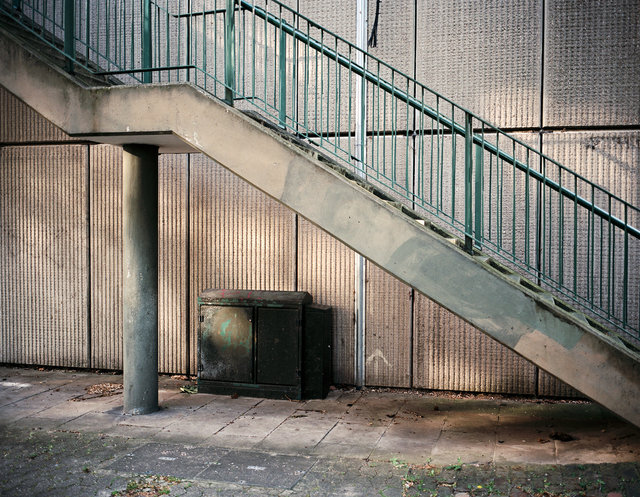
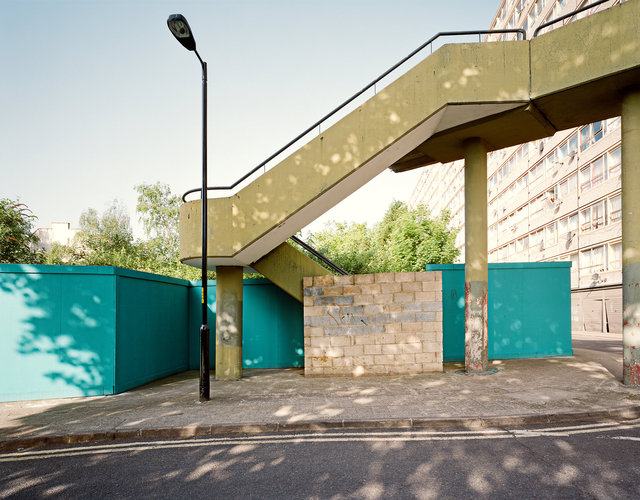
Dead End
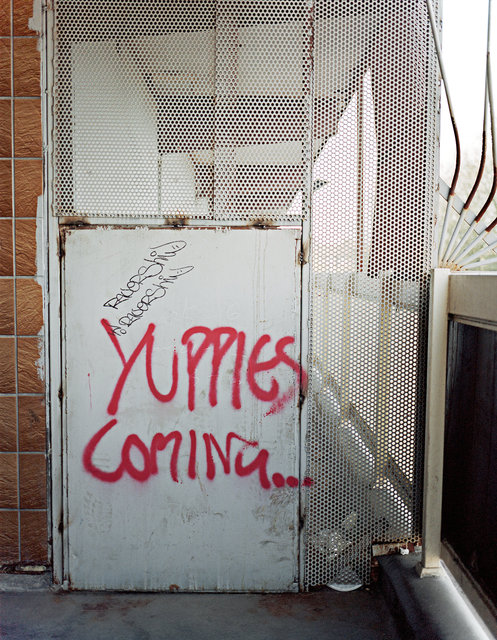
Yuppies Coming A walkway sealed off to prevent squatters moving in.
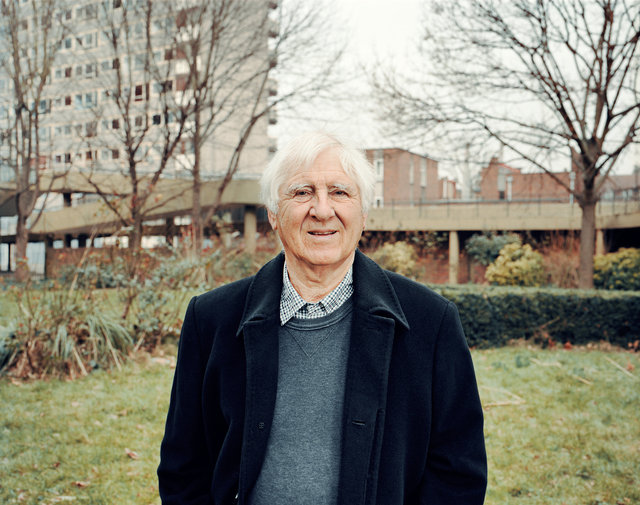
Tim Tinker, Architect of the Heygate Estate Interview text coming
